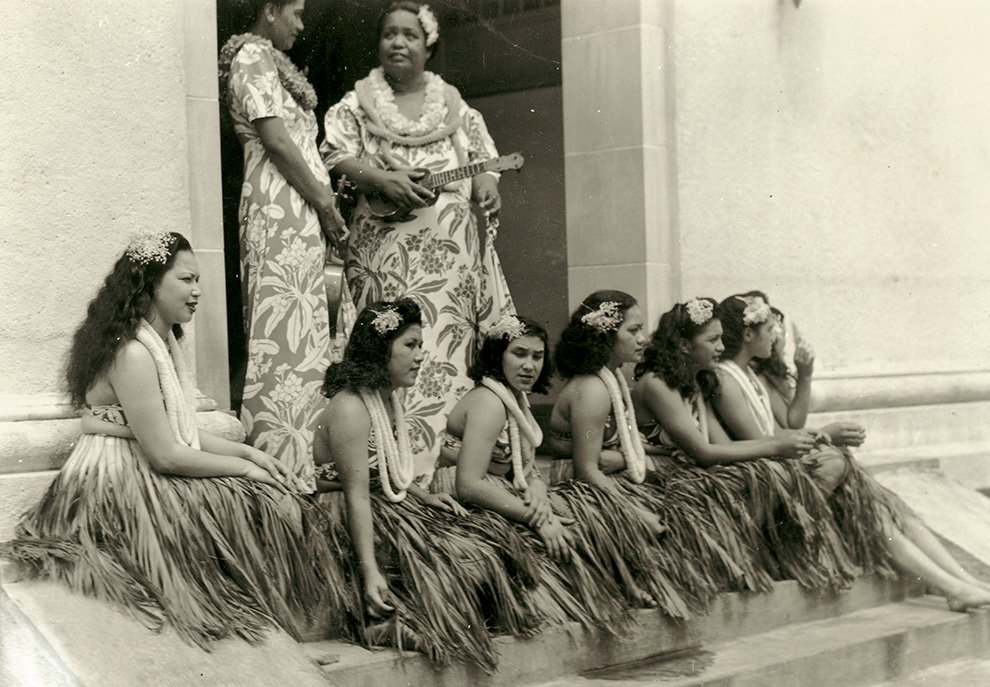the muʻumuʻu manifesto
the much maligned muʻumuʻu might be the perfect form.
worn for both work and play, it’s confident, optimistic, and oblivious to criticism.
it knows how to just hang out quietly at home by itself, but is fun at a party. It always calls to see what you are up to. it’s never been shy around a good print. It won’t judge you for last night. it has stood the test of time.
it loves its home town. if cut right, it can be a garment fit for a queen. every Friday, it goes to work, even when it doesn’t feel like it.
it doesn’t care about where you came from or what others think. it just wants you to be happy.
Hawai’i State Archives

some history.
Around the 1820s missionaries popularized western dress in Hawaii (and greater Polynesia). This shift was bound up with some awful things (colonization…body shame…). However lemons can make lemonade and for us that lemonade is this durable continuum of a dress called Mu’umu’u - a comfortable, unfitted dress often in a bright print with unusual details like back pleating, bib yokes, ruffles, frog clasps, nehru collars, kimono sleeves. These dresses trace their lineage to the Mother Hubbard, a frumpy, bib fronted, full length house dress. Nowadays we experience this form mainly as a nightgown.
During the 1800s the Hubbard form split into two distinct but related entities in Hawai’i. The Holoku—a formal dress with a train (translates as “Go, stop.” meaning it was easy to move in). And the mu’ mu’u—a utility garment to be worn informally (translates as “ To cut off.” meaning it was shortened and had no sleeves so it could be worn as an undergarment). By 1870 the Holoku had evolved so far from its simple Mother Hubbard beginnings, it was considered to be Hawaiian dress.
In the 1890s the Holoku took two forms—a “traditional” Holoku that retained the width, bib, and puff sleeve. And the “fashion” Holoku that was more fitted and incorporated all kinds of influences germane to the fashion of the day along with increasingly longer trains.
In 1949 the Hawaiian garment industry, flush with the success of the Aloha shirt, introduced the Holomu’u (translates as “Go, cut off.” easy to wear and without a train) - a day dress that was fashionable, fitted, ruffled and exportable. This enabled the Holoku to retain its more formal status and its ability to signal “Hawaiianess.”
Whether it’s called a Holoku, a Mu’umu’u or a Holomu’u we see these as a single, inclusive form.
For more read: A Brief History of the Design Evolution of the Hawaiian Holoku and Designs of Hawaiian Wear: an Evolution in History

Malia of Honolulu, Vogue ad, 1975

Marie Tahei, Ms Tahiti. Marie Claude-Chavez, Ms Tiurai 1970. Postcard Giau.

Hula troupe 1940. Photo Lyman Museum

Princess Ka‘iulani, 1898. Photo Frank Davey


